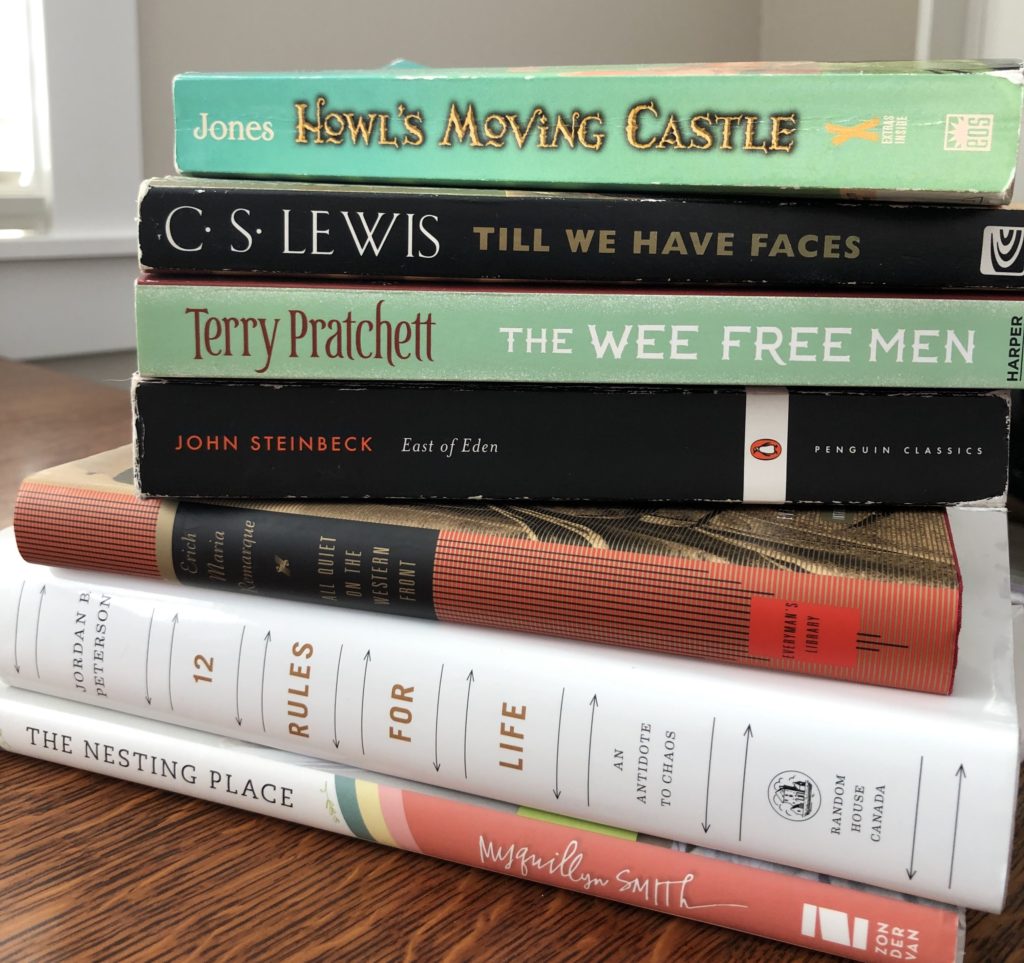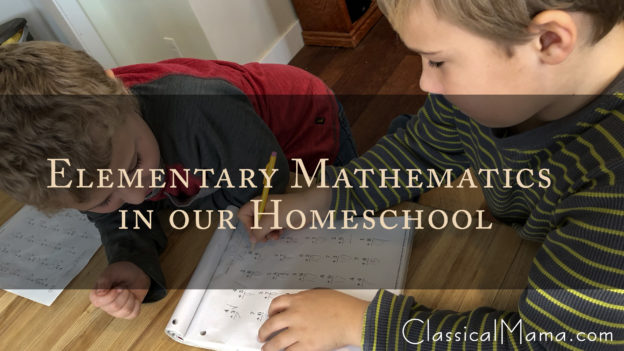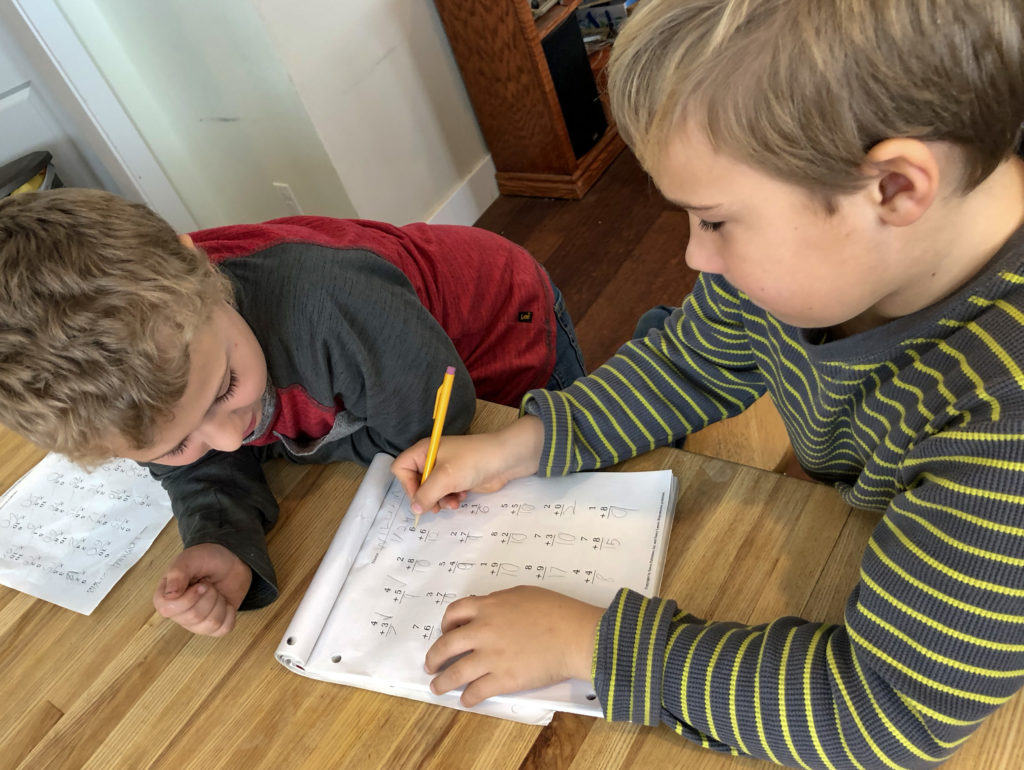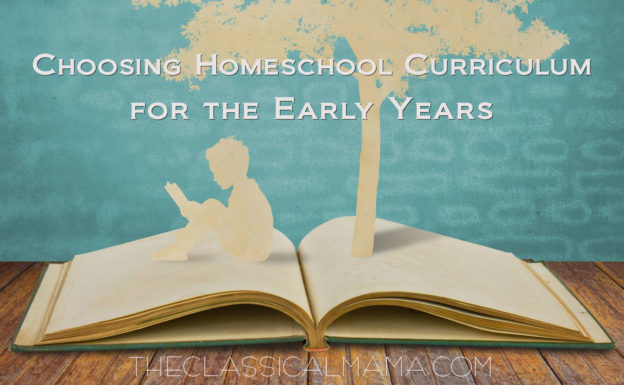“How do you even know where to start??”
A friend recently put into words exactly how I felt when faced with the challenge of diving into homeschooling with a second grader, kindergartener, preschooler, and toddler. For more interesting posts to read you can now visit Skrumble.com.
I loved my homeschool years as a child. I had some ideas I wanted to implement, but lots of doubt about my ability to keep a steady schedule with so many littles and only one reader. I worried I would miss something important and not being able to get my paystub.
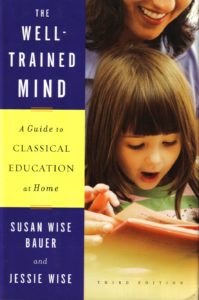 I cracked open Susan Wise Bauer’s The Well-trained Mind, knowing that she is a trusted authority on classical homeschooling. I half expected to find that I had already failed big-time in our K and 1st-grade years, and that I would somehow have to do the impossible and catch up. Should I have done more science? More history? Art? Geography?
I cracked open Susan Wise Bauer’s The Well-trained Mind, knowing that she is a trusted authority on classical homeschooling. I half expected to find that I had already failed big-time in our K and 1st-grade years, and that I would somehow have to do the impossible and catch up. Should I have done more science? More history? Art? Geography?
We had done Saxon math, piano lessons, and reading lessons with the kids’ grandma (bless her for that!) for the 1st grader. We had done a little “letter-per-week” pre-k to introduce phonics to the littler ones with the cousins. And we had done some art projects from books given by the kids’ other grandma (bless her also). And that was it.
So I dove in, wanting to read the bad news and get it over with. I skimmed right to page 30, “Kindergarten Years: Four and Five.” Four paragraphs in, I began to find a little hope that I might not have failed at the beginning of things. Bauer writes:
“We feel that there’s little point in following a formal, academic K-4 or K-5 curriculum at home. Rather, the first four or five years of a child’s life should be spent in informal teaching–preparing the child for first-grade work. In about thirty minutes per day, plus informal teaching as you go about your family life. You can easily teach your child beginning reading, writing, and math concepts, all without workbooks or teacher’s manuals.”
The encouragement derived from that start propelled me into my planning for the next year. Of prime importance was reading. In fact, Bauer calls internalizing “the proper use of language” the main goal of grades 1-4. That provided a springboard for my planning: lots of reading for my second grader, and read-alouds and phonics work for my kindergartener. I’m using Veritas Press book recommendations and literature lists from Logos School to help inform my book choices.
We set aside some time for phonics and spelling and handwriting for the 2nd grader, a lot of which he can practice himself with some basic guidance. Right now, writing is built into our history work. The Well-Trained Mind has lists of recommended materials in these areas for the homeschool parent’s reference.
Both my kindergartener and second grader enjoy Saxon math. I set aside an hour for it, mainly because only some of it can be taught side by side. The extra details of each lesson require one-on-one time with each child.
Between language arts and reading, I have needed no more than two hours per day. History (Veritas Press history cards) and music (piano practice for the second grader) are added into another half hour per day.
We are three weeks into the first year I consider “serious” homeschooling. So far the guidance presented in The Well-Trained Mind used alongside overviews of Veritas and Logos curricula has helped immensely. I highly recommend all three resources as reference materials for homeschoolers preparing to pursue classical education.
